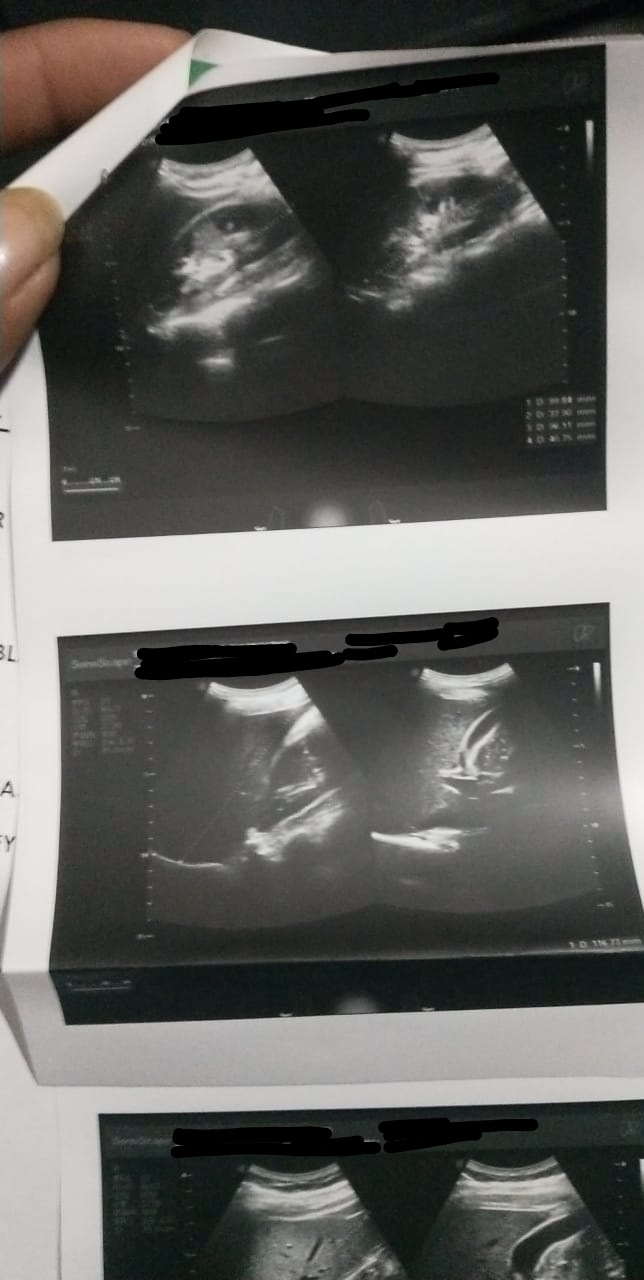"This is an online E log book to discuss our patient's de-identified health data shared after taking his/her/guardian's signed informed consent. Here we discuss our individual patient's problems through series of inputs from available global online community of experts with an aim to solve those patient's clinical problems with collective current best evidence based inputs. This E log book also reflects my patient-centered online learning portfolio and your valuable inputs on the comment. The history has been taken using telephonic method.
Chief complaints: a 38yr old male patient complained of severe pain the groin area
History of presenting illness: patient was apparantly asymptomatic 5days back and then developed severe pain in the groin region. The location of the pain is in the inguinal region which is continuous in nature and constant. The pain radiates to the back. The pain becomes intense with urination or any exertion, it is associated with mild fever , vomiting and nausea.
There is no history of abdominal distention or any hematemesis or malena. The urine output has been reduced since the pain started.
There is no history of palpitations dyspnea or chest pain with no h/o bleeding diathesis or trauma.
There is a history of burning micturition
There is no h/o fatigue ability , thyroid swelling , no h/o sleep disturbance , loss of consciousness or behavioural disturbance
Past history: there is a history of Diabetes mellitus since 2 weeks , no h/o hypertension,Tuberculosis and bronchi asthma
No h/o abdominal surgeries
Patient takes tobacco on a daily basis. Patient took covid 19 vaccination
Family history: father had diabetes mellitus
Personal history: bowel and bladder- burning micturition
Sleep- no problem
Diet- vegetarian
Addictions: tobacco chewing
Examinations:





Comments
Post a Comment